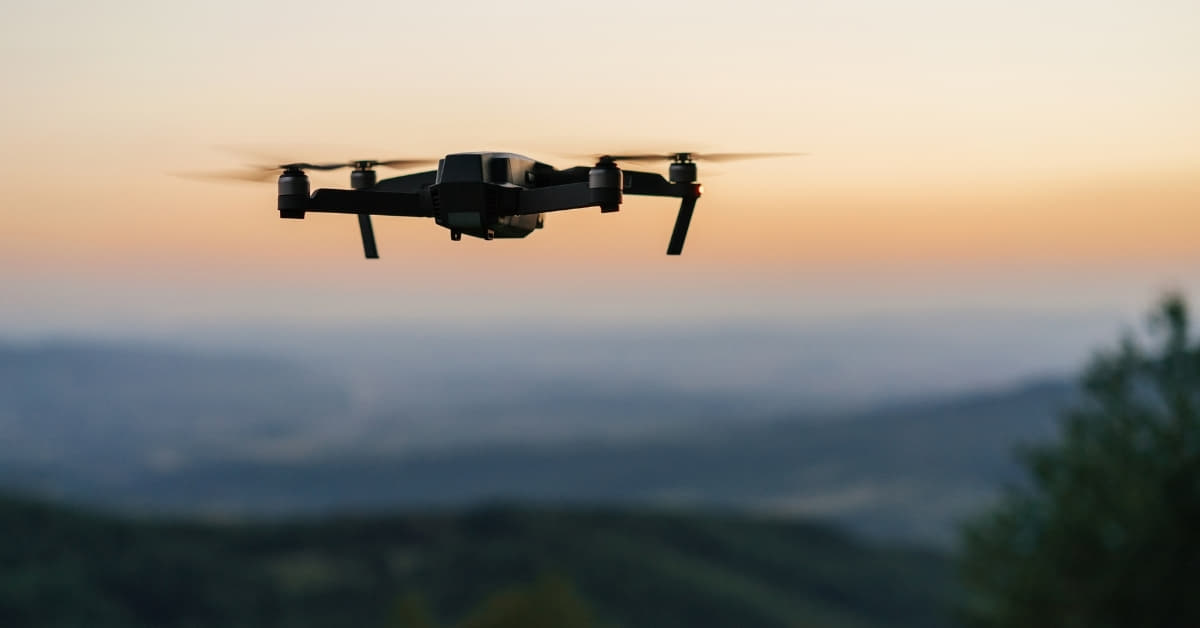In recent years, the art of photography has soared to new heights – quite literally – with the advent of drone technology. Drone photography has revolutionized the way we capture images, offering unique perspectives and breathtaking views that were once unimaginable. In this article, we will delve into the world of drone photography, exploring its benefits, techniques, and the equipment needed to take your photography skills to new heights.
Understanding Drone Photography
Unlocking the sky as your canvas, drone photography transcends traditional boundaries, offering breathtaking vistas and perspectives. In this section, we delve into the essentials of understanding drone photography, from its unparalleled benefits to the crucial equipment that propels your creativity to new heights.
Benefits of Drone Photography:
- Aerial Perspectives:
Drone photography provides an unparalleled view from above, capturing landscapes, events, and moments in a way traditional photography cannot. - Versatility:
Drones can access hard-to-reach places, making them ideal for photographing vast landscapes, architectural wonders, and outdoor events. - Creativity Unleashed:
Elevate your creativity by experimenting with angles and compositions that were previously impossible without expensive equipment or helicopters.
Essential Equipment:
- Quality Drone:
Invest in a drone with a good camera, stable flight capabilities, and user-friendly controls. - Camera Settings:
Understand and utilize camera settings such as ISO, shutter speed, and aperture to capture stunning shots. - GPS and Gimbal:
Ensure your drone is equipped with GPS for accurate positioning and a gimbal for stable footage.
Tips for Successful Drone Photography
- Weather Conditions:
Choose clear, calm days to avoid issues like wind interference and poor visibility. - Legal Considerations:
Familiarize yourself with local regulations regarding drone usage and obtain any necessary permits. - Composition Techniques:
Apply traditional photography principles such as the rule of thirds and leading lines to your aerial shots. - Battery Management:
Plan your shots efficiently to maximize flight time, and always carry spare batteries.
FAQs
Do I need any special training to fly a drone for photography?
While it’s not mandatory, it’s highly recommended to undergo basic drone piloting training to ensure safe and responsible flight. Many online and in-person courses are available.
What type of subjects are best suited for drone photography?
Drone photography excels in capturing landscapes, cityscapes, outdoor events, and architectural marvels. Experimentation is key to discovering new and exciting subjects.
Are there any legal restrictions for drone photography?
Yes, regulations vary by country and region. Always check and comply with local laws, including obtaining necessary permits for drone flights.
How do I ensure my drone photography is environmentally responsible?
Fly at a respectful altitude, avoid disturbing wildlife, and follow ethical guidelines. Be mindful of no-fly zones and prioritize safety and environmental considerations.
Conclusion
Drone photography opens up a world of possibilities for photographers, offering a unique perspective that adds depth and dimension to your visual storytelling. By mastering the essential techniques and equipment, you can take your photography skills to new heights, quite literally. So, spread your wings and explore the limitless potential of drone photography!
This page was last edited on 27 February 2024, at 12:26 pm
